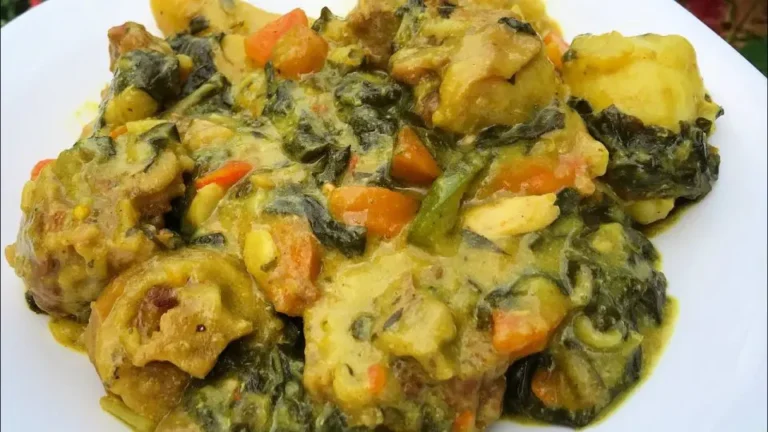Introduction
Trinidad and Tobago is an archipelago located in the Caribbean Sea, it has a rich cultural heritage shaped by the influences of indigenous peoples, European colonizers, and African slaves. The country’s cuisine reflects this diversity, blending African, Indian, Spanish, and Creole flavors. However, Trinidadian cuisine has also been influenced by its neighboring countries, particularly Venezuela and Guyana.
Trinidadian cuisine
Trinidadian cuisine is known for being spicy, flavorful, and diverse. Some of the most famous dishes include doubles, a popular street food made of fried bread filled with curried chickpeas and chutney, and callaloo, a soup made with leafy greens and coconut milk. Other popular dishes include roti, a type of Indian flatbread, and pelau, a rice and chicken dish.
Neighboring countries
Trinidad and Tobago is located just off the coast of Venezuela and Guyana, two countries with their own unique culinary traditions. The proximity to these countries has meant that Trinidadian cuisine has been influenced by their flavors and cooking techniques.
Venezuelan influence
Venezuelan cuisine is known for its use of corn, beans, and plantains, which are staples in many dishes. One of the most significant Venezuelan influences on Trinidadian cuisine is the arepa, a type of cornmeal flatbread that is often filled with cheese, meat, or beans. In Trinidad, arepas are commonly sold as street food and are usually made with a filling of curried chicken or beef.
Guyanese influence
Guyanese cuisine is characterized by its use of curries, roti, and chutneys, which are also popular in Trinidadian cuisine. One of the most significant Guyanese influences on Trinidadian cuisine is the pepperpot, a stew made with meat and cassareep, a sauce made from the cassava root. In Trinidad, pepperpot is often served alongside roti or rice.
Conclusion
Trinidadian cuisine is a delicious blend of African, Indian, Spanish, and Creole flavors, but it has also been shaped by the culinary traditions of Venezuela and Guyana. The influences of these neighboring countries can be seen in dishes such as arepas, pepperpot, and roti. These culinary connections highlight the rich cultural tapestry of the Caribbean and the ways in which different cultures have influenced one another over time.

